“The Kids Want Communism”
Joshua Simon
17 Feb → 25 Mar 2017
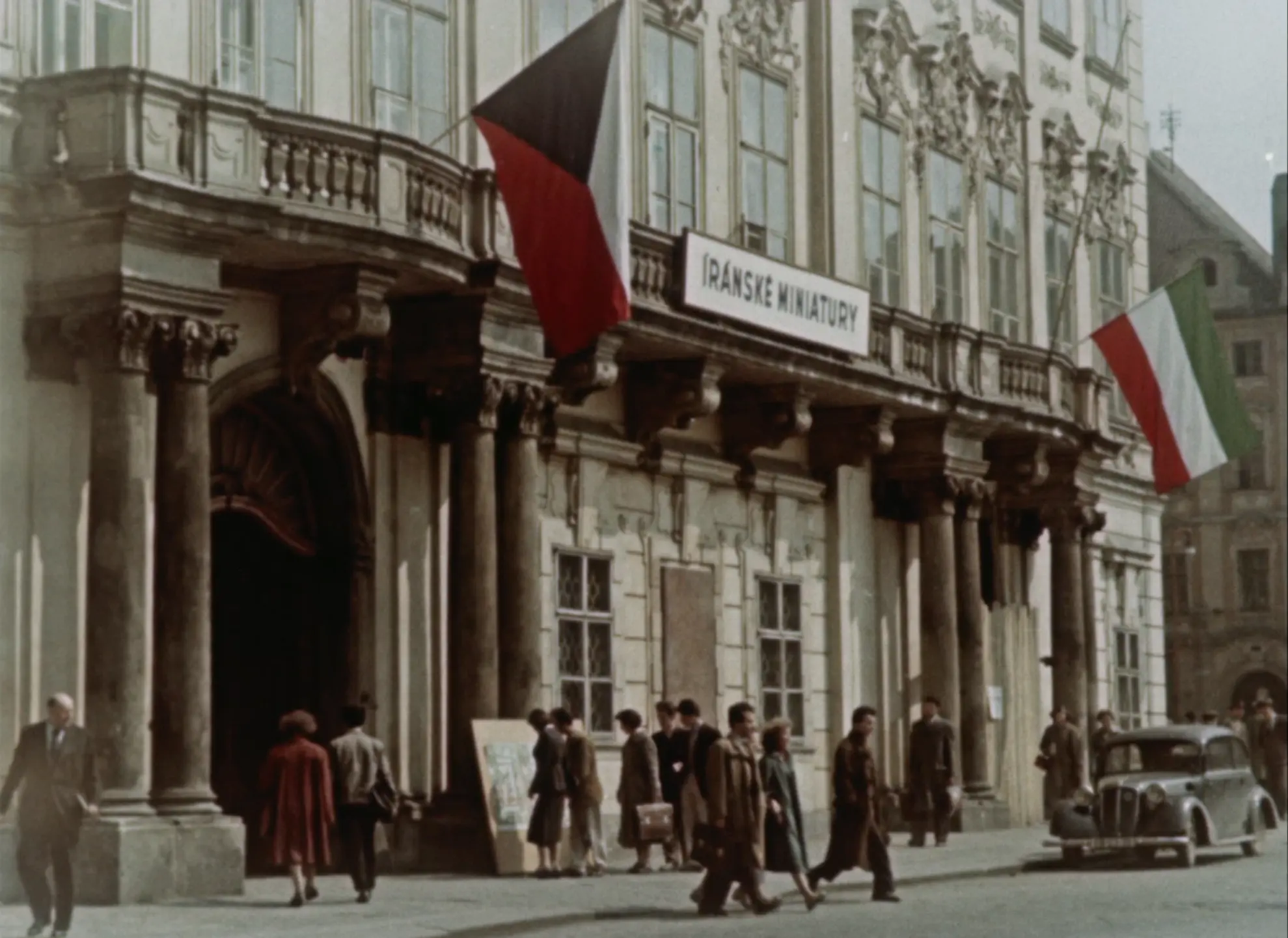
Specters are haunting Earth – the specters of anti-communism. The recent political upheaval in the nations that exported globalization, the UK and the US, shows indebted tax-paying citizens opting for the nation, while bond-holder debtors are unable to sustain their model of globalization. With the two poles struggling, we seem unable to envision neither Earth, nor universality as potential points of departure for political projects with which to counter the nation and globalization.
The notion of the End of History, which reigned since the 1990s, implied the end of the future as well. We were doomed to the contemporary – the future was to be simply “more of now.” But as history returns, sometimes in the most horrific ways, the future returns as well. With it, we can imagine how communism might be introduced as a viable project yet again.
More than any other word, “communism” is the word that expresses the opposite of a reality that champions and celebrates exploitation and inequality. Wherever capitalism goes it brings communism with it as the possibility for its radical negation. Yet communism is not contented with merely describing the power relations and resulting class division of “us versus them”, but offers an additional axis – one where we are becoming the future. This axis runs parallel to us at every single moment and its guiding principle is that being-together precedes being, any being; biological, political, psychological, familial, social and so on.
Communism is a whole cosmos that was devoured by the black hole that is 1989-1991. This cosmos includes many communisms: the reestablishment of property-free communities, communal indigenous societies, real-existing socialism with its achievements and crimes, the long heroic history of anti-Fascist resistance and the defeating of the Nazis, a theology of equality, the Revolutionary Party, internationalism and the emancipation of nations from Imperial rule, gender equality and education for all, the abolition of capitalism through its internal dynamics and the un-exploitable pockets of resistance that cannot be appropriated by it, the already present humane solidarity and camaraderie shared by people everywhere, and the political proposal of the emotion called “love.”
Setting out from these realizations, The Kids Want Communism began as a yearlong program of exhibitions, talks, screenings, symposiums and seminars, marking the 99 anniversary of the October Revolution (1917). Marking this anniversary asks to contemplate more than the circumstances and consequences of twentieth century real-existing socialism in Europe and Asia; this date invites us to examine what almost happened, what did not happen, what could have happened, what should have happened, and what might still happen. Communism is neither a land nor a continent nor another planet; it is an entire constellation already in motion. It is a cosmos conceived with life itself. The Kids Want Communism.
The Kids Want Communism is curated by Joshua Simon who originally initiated it at MoBY-Museums of Bat Yam, in collaboration with transit.cz Prague, The Visual Culture Research Center Kiev, Free/Slow University of Warsaw, State of Concept Athens, and Škuc gallery Ljubljana. West Space is planned to host a variety of projects from The Kids Want Communism throughout 2017.
West Space film program curated by Joshua Simon.
The program of films here combines two classic Soviet science-fiction feature films with four shorts made in Prague by foreign students in the 1960s. These two very different cinematic proposals testify to the diversity of cultural production in real existing socialism and to different meanings of communism as concept and reality.
The literary genre of science-fiction was created in a time of immense instability generated by capitalist industrialization during the nineteenth century. Alongside inter-planetary travel, this genre also included time travel. The ability to leap to a future moment connects both the cinematic and revolutionary imagination. It received artistic manifestation in the possibilities that cinema had to offer, and found its political expression in Lenin’s conception of the revolution when he invented his own time machine – the revolutionary party. Nevertheless, as history shows, this machine sometimes leaped to the wrong moment in time – be it the formation of totalitarian regimes, or the destruction of traditions that eventually led to capitalism’s accelerated penetration into new territories. From Sputnik to Chernobyl, the incredible reality in the Soviet Union produced its own science-fiction imagery. The early films such as Yakov Protazanov’s Cubo-Futurist Aelita: Queen of Mars (USSR, 1924), and Aleksandr Medvedkin’s masterpiece New Moscow (USSR, 1938), highlight these features of cultural production in a reality that in itself operates as science-fiction.
The shorts shown here, are what Czech curator Tereza Stejskalová called “abandoned images.” The films by Nosratollah Karimi, Nabil Maleh, Piyasiri Gunaratna, and Krishma (Krishna) Viswanath, film directors from Iran, Syria, Sri Lanka, and India, were shot during their studies at FAMU, the Film and TV School of the Academy of Performing Arts in Prague, in the second half of the 1950s and the first half of the 1960s. Following their returns homethese filmmakers played an important, if not crucial role in the development of filmmaking in their respective countries of origin. Under the title “Filmmakers of the World, Unite!”, Stejskalová’s research into the film archives in Prague, outlines a moment of universalism within which Prague played a significant role of cultural exchange. These short films, she says, are witnesses to a forgotten time. For her, the invisibility of these films is symptomatic of post-Soviet times. These films are documents of the history of the relationship between cultural and political movements in Eastern Europe and emancipation struggles in Asia, Africa, and Latin America. Karimi, Maleh, Gunaratna and Viswanath belonged to the thousands of students from the “Third World” who studied in the communist countries of the Eastern Bloc. This form of support was a consequence of communist internationalism and solidarity with countries struggling with the heritage of colonialism, though it was also a matter of Cold War power struggle. At the end of the 1950s, FAMU witnessed the birth of a film avant-garde—the Czechoslovak New Wave, and Prague became home to the cultural renaissance that culminated in the Prague Spring.
The films of Karimi, Maleh, Gunaratna and Viswanath are images of internationalism, of cultural exchange, and of the role Czechoslovak art played in the cultural emancipation of countries with colonial pasts. Although forgotten in the Czech Republic, and probably never introduced in their makers’ countries of origin, these shorts took part not only in the cultural renaissance of the Czechoslovak New Wave, but also in making a universalist solidarity in the second half of the twentieth century, a reality.
“Filmmakers of the World, Unite!” is research project curated by Tereza Stejskalová as part of The Kids Want Communism and made in cooperation between tranzit.cz and the Czech National Film Archive.
Thanks: Vít Havránek, Markéta Strnadová, Alina Yakirevitch
Films and screening times:
Aelita Queen of Mars
USSR 1924, 111 minutes, Silent
Director: Yakov Protazanov
Black and white
Screening times: Tuesdays and Thursdays for the duration of the exhibition, as well as on Saturday 18th February, Saturday 4th March, and Saturday 18th March. Start times approx: 12pm, 2pm, 4pm.
This is considered the first Soviet science-fiction film. Loss, the impressive human who lives in Moscow, is an individualist dreamer. Aelita is the daughter of Tuskub, the ruler of a totalitarian state on Mars, the Red Star, in which the working classes are put into cold storage once they have out-lived their utility. Aelita is able to watch Loss through a telescope. As if by telepathy, Loss obsesses about being watched by her. With the revolutionary Gussev, Loss travels to Mars, but the Earthlings and Aelita are thrown into prison by the dictator. Gussev and Loss begin a proletarian uprising, and Aelita is offered to lead the revolution, but she then establishes her own totalitarian regime. Loss is shocked by this development and attempts to stop Aelita, but then reality and fantasy become confused, and Loss discovers what has really happened. The Cubo-futurist costumes were designed by artist Alexandra Exter.
The New Moscow
USSR 1938, 100 Minutes, Russian
Director: Alelsandr Medvedkin
Black and white
Screening times: Wednesdays and Fridays for the duration of the exhibition, as well as on Saturday 25th February, Saturday 11th March and Saturday 25th March. Start times approx 12pm, 2pm, 4pm.
Alyosha, a young architect from Siberia, arrives in Moscow with a futuristic architectural vision in his mind and a “living” model in his hand, which he built in order to redesign the capital city of the Soviet Union. His reconstruction vision includes kinetic and transparent buildings. Not by coincidence, this masterpiece fantasy film was called “Joyful Moscow”; this comedy is full of love songs and loony scenes. However, behind the joy and beauty hides criticism on the new construction Stalin has ordered for the city. This latent critique may well be the reason why the film was shelved by the authorities. Made during the Stalinist purges, in its manic style, the film seemingly celebrates the creative destruction with all its technological novelties, yet at the same time it testifies to the political moment in which it was created – a loosening of the grip on reality through overproduction, hyperactive ecstasy, and destruction.
Black and White
Czechoslovakia 1960s, 22:30 minutes, Czech
Director: Krishma (Krishna) Viswanath
Black and white
Screening times: looping continuously 12pm-6pm daily.
There is not much information about the filmmaker, of Indian origin, who made this film during his studies at FAMU in the 1960s. The copy was made through a VHS transfer that was found in the archives. The film depicts the encounter of people in Czechoslovakia with students from Africa. It can be perceived as strange at times for its bluntness, but as much as it documents cultural difference based on race and geography, it should be considered as well in relation to the cultural difference between our time and that of its making. The reality of African students in Prague was relatively new and the reactions by ordinary people of the time to appearances, love, language, loneliness and racism are depicted in this film.
Iranian Miniatures
Czechoslovakia, 1956, 9 minutes, Czech
Director: Nosratollah Karimi
Black and white
Screening times: looping continuously 12pm-6pm daily.
Nosratollah Karimi (b. 1925) is an Iranian director, actor, and professor. He studied directing at FAMU between 1954-1959. One of his teachers was Karel Zeman, a famous Czech animator. Karimi worked over twenty years in Iran as professor at Tehran University and Tehran University of Art. He made a number of films, including Doroshkechi (The Carriage Driver), 1971, which fellow Iranian filmmaker Abbas Kiarostami declared a key example of Iranian cinematography. Doroshkechi was exceptionally well received by both audiences and critics, but could not be screened abroad because of an official ban. After the Iranian Revolution, Karimi was forbidden to work in the film industry and focused mainly on sculpting; he also wrote several books on film and theatre.
Attention! Child?
Czechoslovakia, 1963, 14 minutes, Czech
Director: Nabil Maleh
Black and white
Screening times: looping continuously 12pm-6pm daily.
Nabil Maleh (1936-2016) was a Syrian director, script writer, and poet. He is considered the father of Syrian cinematography. He studied film directing at FAMU between 1959-1964; his classmates were, among others, Věra Chytilová and Miloš Forman, directors of the Czechoslovak New Wave. Maleh returned home as the first Syrian graduate of a European film school. During his career he created over a hundred films, including documentaries and feature films. His best known works are Al-Fahd (The Leopard), 1972 and Al-Kompars (The Extras), 1993. His documentary A al-Sham (The Road to Damascus), 2006 was a critical analysis of the social conditions in Syria that eventually led to the uprising in 2011. As the Syrian government continued to crush peaceful protests with violence, Maleh left Syria and never returned.
Winter in Czechoslovakia
Czechoslovakia, 1964, 21 minutes, Sinhalese
Director: Piyasiri Gunaratna
Black and white
Screening times: looping continuously 12pm-6pm daily.
Piyasiri Gunaratna (b. 1936) is a director and translator born in Sri Lanka. He studied documentary film at FAMU between 1960-1965. His graduation project, the film Zima v Československu (Winter in Czechoslovakia), 1964 won accolades. Preceding Jean Rouch’s Petit à petit (1970), which depicts Africans coming to Paris and documenting the oddities of the French, Winter in Czechoslovakia, presents the point of view of a Sri Lankan on central European customs. Gunaratna’s next feature film Mokad Vuné (What Happened), 1969, was also acclaimed by critics but later lost. Gunaratna was a member of Sri Lankan National Film and worked in the national television. Since the end of the 1980s he has been living in Czechoslovakia/ Czech Republic.
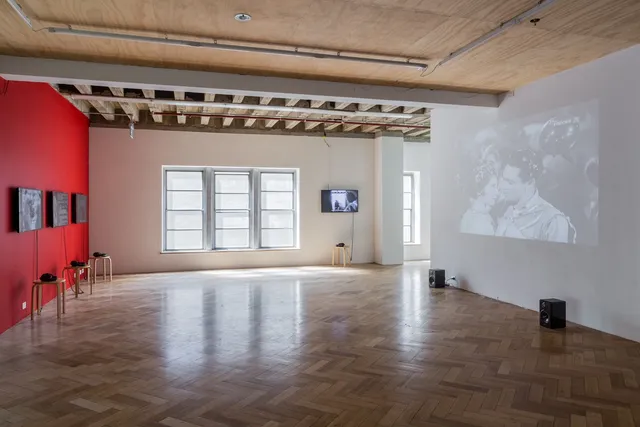
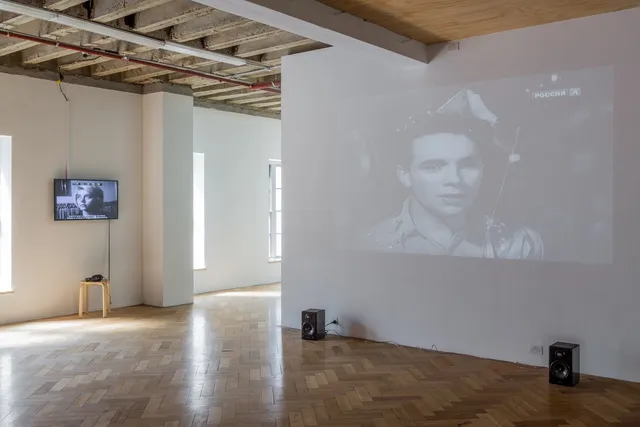
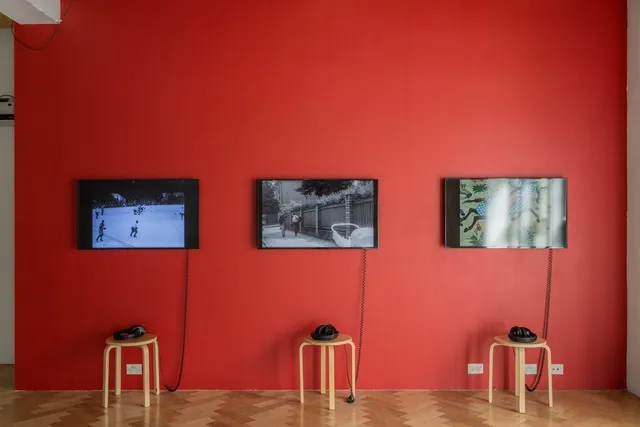
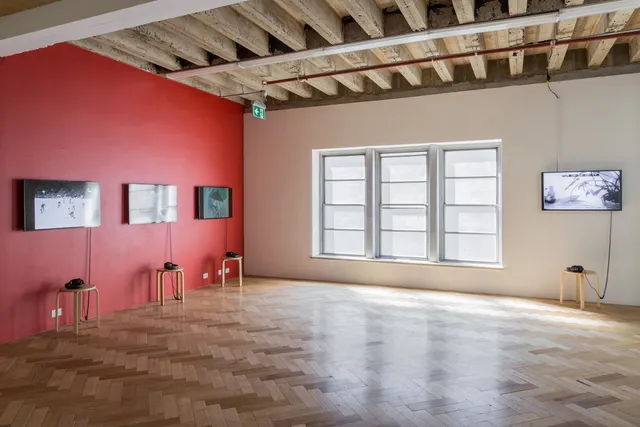
Joshua Simon is director and chief curator of MoBY-Museums of Bat Yam, Israel, and author of numerous publications including most recently Neomaterialism (Sternberg Press, 2013). Simon is a fellow at the Vera List Center for Art and Politics, The New School, New York (2011-2013), and the founding co-editor of Maayan Magazine for Poetry and Literature and The New & Bad Art Magazine, and editor of Maarvon – New Film Magazine, all based in Tel Aviv-Jaffa. He is also the co-editor of The Aesthetics of Terror (Charta, 2009), and the editor of United States of Palestine-Israel, published in the Solution series by Sternberg Press (2011), and of Ruti Sela: For The Record (Archive Books, 2015).